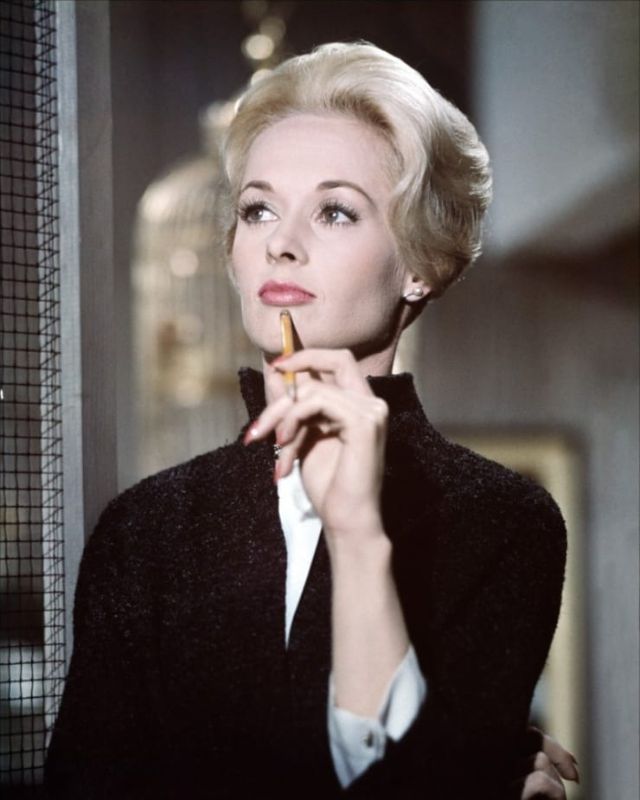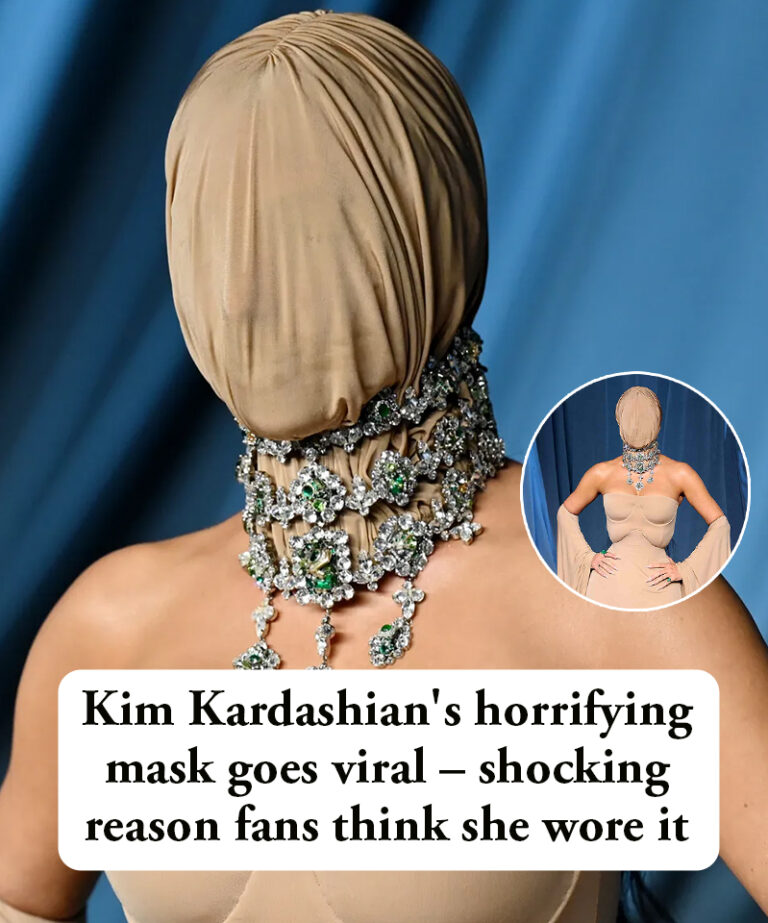
Tippi Hedren: Hollywood Legend Turns 95
Grace, class, and an independent spirit define Tippi Hedren. Hollywood’s screen legend has captivated audiences for decades. But behind her fame lies a story of struggle, sacrifice, and courage that few fully understand.
A Star Is Born
Born Nathalie Kay on January 19, 1930, in New Ulm, Minnesota, Tippi — as her father nicknamed her — showed early flair for modeling. With Swedish, German, and Norwegian roots, she loved department store fashion shows. By the 1950s, she graced magazine covers including Life and Glamour.
Despite her modeling success, acting was uncharted territory. In October 1961, an agent called with a mysterious offer. Alfred Hitchcock wanted her to sign a seven-year contract.
“I didn’t know whether to laugh, cry, or run,” Tippi recalled. She thought she might appear in Alfred Hitchcock Presents, but Hitchcock had bigger plans.
The Birds and Hollywood Fame
Hitchcock trained Tippi rigorously, putting her through multiple screen tests. Production designer Robert F. Boyle said, “Hitch always liked women who behaved like well-bred ladies. Tippi generated that quality.”
Soon after, Hitchcock gifted her a golden pin shaped like a bird. “You have the lead in my next production,” he said. That film was The Birds, which terrified audiences and launched Tippi’s film career.
Filming, however, was grueling. Real birds attacked her in multiple scenes. “One bird scratched me under the eye and bit my lip. It took six days to film a two-minute sequence,” she revealed.
Next came Marnie (1964), co-starring Sean Connery. Hitchcock’s faith in Tippi offered her incredible roles, but the psychological thriller received mixed reviews at first. Today, critics recognize it as ahead of its time.
Dark Side of Genius
Tippi’s relationship with Hitchcock soured. She accused the legendary director of being overly possessive and controlling, reportedly trying to isolate her from the cast and crew.
“Everyone knew he was obsessed with me. He wanted me alone with him at the end of the day,” Tippi said. Over the years, she maintained that Hitchcock’s behavior damaged her career.
Yet, she separates the artist from the man. “He ruined my career, but he didn’t ruin my life. I still admire the man for who he was,” she told Huffington Post in 2012.
A Life of Courage and Compassion
After Hollywood, Tippi turned to animal welfare. In 1983, she founded the Shambala Preserve, an 80-acre sanctuary for lions, tigers, leopards, and other big cats. Her movie Roar (1981), filmed with her family, became infamous as the “most dangerous film ever made,” with actors facing attacks from untrained big cats.
“Those animals are apex predators. They shouldn’t be pets,” she explained. Tippi has dedicated her life to protecting them, living on the property since 1976.
Legacy and Later Years
Tippi’s last acting credit came in 2017 with The Ghost and the Whale. Now in her 90s, she focuses entirely on her sanctuary.
“I am at the time in my life when I have done almost everything I wanted to do,” she told The Hollywood Reporter.
Through trials, Tippi Hedren has remained a woman of strength, intelligence, and compassion. Her story reminds us of the cost of fame and the power of resilience.



